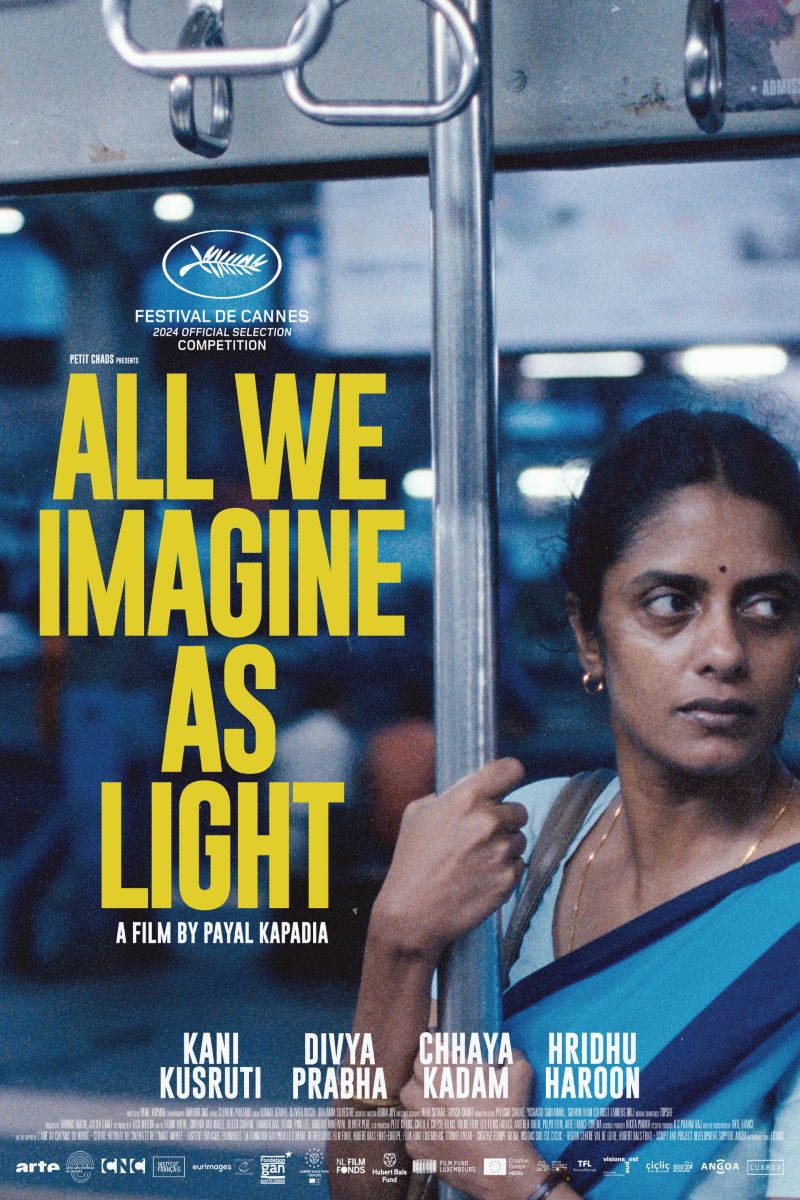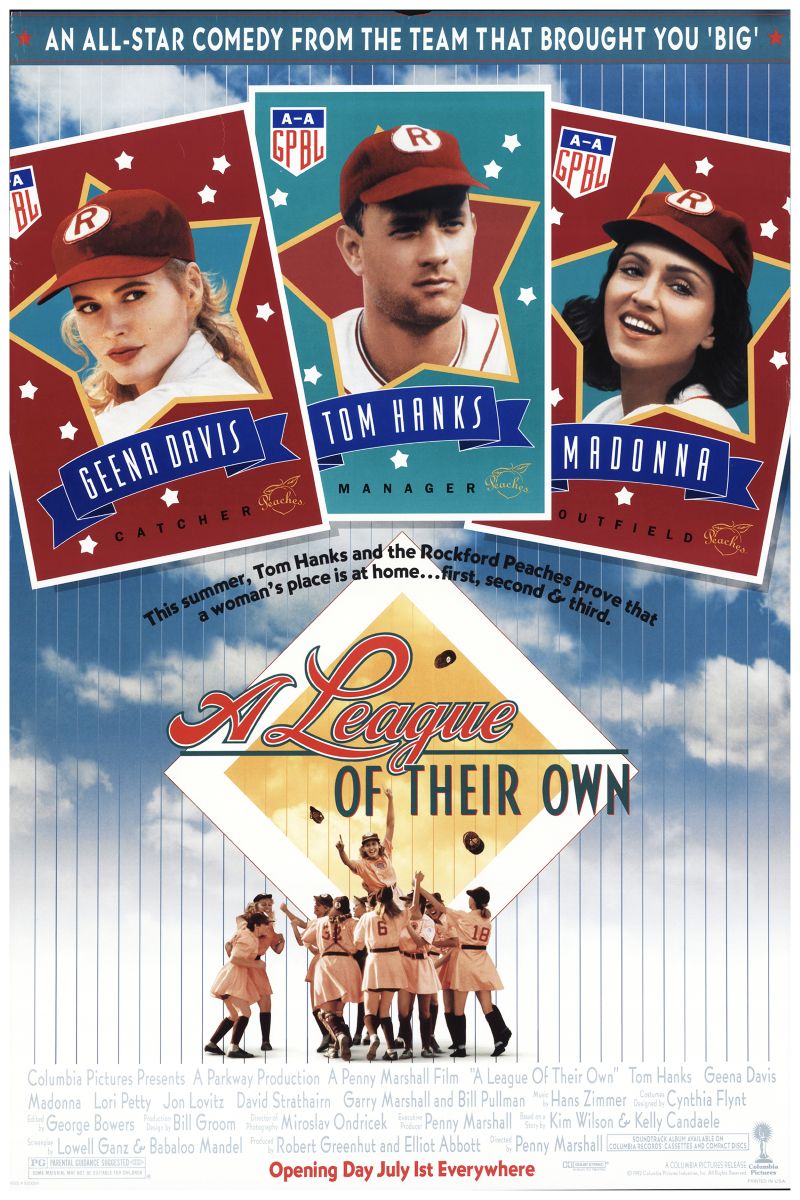
All We Imagine As Light
All We Imagine As Light
A groundbreaking work by Indian director Payal Kapadia, this historic masterpiece won the Grand Prix at the Cannes Film Festival. Following three women of different ages—Prabha, Anu, and Parvaty—working together at a hospital in Mumbai, it explores their complex personal lives and the power of their mutually supportive friendship. With its poetic visual language, the film deeply examines crucial themes including female friendship, intergenerational solidarity, identity formation in urban development, and gender politics in modern India.
Cast
Related Topics
🎥 Film Analysis & Review
All We Imagine As Light represents a breakthrough work by Indian female director Payal Kapadia, a historic masterpiece that won the Grand Prix at the Cannes Film Festival, becoming not only the first Indian film to receive this honor but also a profound exploration of female friendship, intergenerational solidarity, and the survival conditions of marginalized groups in rapidly changing society through its delicate female perspective and poetic cinematic language. Through the stories of three women of different ages working at a hospital in Mumbai, the film presents the complex realities facing contemporary Indian women, establishing itself as an important representative work of decolonial feminist cinema.
From the perspective of female friendship, All We Imagine As Light’s most outstanding contribution lies in its authentic portrayal of deep emotional connections between women of different ages. Prabha (Kani Kusruti), a middle-aged nurse facing a long-absent husband and inner loneliness; young Anu (Divya Prabha) navigating the complexities of romance, with her interfaith relationship with a Muslim boyfriend reflecting the religious and cultural tensions of contemporary Indian society; and elderly Parvaty (Chhaya Kadam) confronting the threat of losing her home to urban development. Through showing their mutual support in work and life, the film reveals how female friendship becomes a crucial force for resisting urban alienation and social pressure.
The film’s presentation of Mumbai carries profound political and social significance. As India’s financial center and film industry hub, Mumbai symbolizes modernization and opportunity while simultaneously embodying social inequality and cultural conflict. Kapadia reveals how rapid urbanization affects ordinary people, particularly women’s survival conditions, through depicting these three women’s daily lives in the city. Parvaty’s forced eviction reflects the impact of developmentalism on grassroots communities, while the choice of hospital as workplace suggests women’s important role in care work and this labor’s marginalized position in the socioeconomic system.
From the perspective of intergenerational female solidarity, the film demonstrates how women of different ages build connections and mutual understanding based on shared gendered experiences. Prabha, as the middle generation, can understand both young people’s emotional confusion and older people’s practical pressures. This intergenerational understanding isn’t based on simple age differences but on deep recognition of women’s common circumstances. The film shows how they construct a non-kinship support network through sharing experiences, providing emotional support, and offering practical help.
The film’s treatment of religious and cultural identity is particularly nuanced. Anu’s romance with a Muslim boyfriend isn’t merely a personal emotional issue but a direct response to India’s increasingly serious religious division and rising nationalism. Rather than avoiding this sensitive topic, the film explores how people from different religious backgrounds seek understanding and coexistence in modern Indian society through young people’s love story. This approach demonstrates the director’s profound insight into contemporary India’s complex social reality.
Kapadia’s visual language is filled with poetry and symbolic meaning. The film’s title “All We Imagine As Light” itself suggests the tension between hope and reality. The contrast between light and shadow runs throughout the film, symbolizing both the bright and dark sides of urban life and representing the complex layers of women’s inner worlds. The director uses abundant natural lighting and urban nightscapes to create a visual effect that’s both realistic and dreamlike, reinforcing the film’s emotional depth and philosophical contemplation.
From an economic empowerment perspective, the film shows how these women achieve economic independence through their labor while revealing the limitations and challenges they face within the economic system. As healthcare workers, their labor carries enormous social value but limited economic rewards. Parvaty’s housing crisis directly reflects bottom-tier women’s vulnerable position in real estate speculation. Through these details, the film demonstrates how economic inequality exacerbates gender inequality.
The film’s language choices also reflect its political stance. Primary dialogue uses Malayalam, Hindi, and Marathi, and this multilingual presentation not only enhances the film’s authenticity but more importantly emphasizes India’s cultural diversity, contrasting with current homogenizing nationalist narratives. This language policy embodies the director’s commitment to cultural pluralism.
The film’s success at international film festivals carries important political significance. Against the backdrop of India’s film industry still dominated by commercial films and relatively few female directors, Kapadia’s international recognition opens new spaces for Indian female filmmakers. Particularly when Indian officials rejected the film’s Oscar submission due to its “Europeanized” characteristics, the unanimous praise from international film critics further highlights the film’s artistic value and political courage.
From feminist film theory perspective, the film employs typical female gaze to construct its narrative. Unlike traditional male gaze, the film focuses on women’s inner worlds, emotional connections, and daily experiences while avoiding objectifying presentations of women’s bodies. The camera language is gentle and respectful, allowing audiences to truly enter these female characters’ spiritual worlds.
The film’s gendered analysis of urban space is also profound. Different spaces like hospitals, apartments, and streets are all imbued with gendered meanings. Hospitals as workplaces embody women’s professional capabilities while also representing hierarchical systems and power relations; private spaces like apartments and rooms become places for women to express authentic selves and build intimate relationships; while public spaces like streets and transportation often carry uncertainty and potential threats.
The film’s temporal narrative is also distinctive. Rather than linear plot progression, the film adopts a more fluid and poetic temporal structure, constructing emotional continuity through fragments of daily life. This narrative approach better reflects women’s life experiences and emotional rhythms, embodying feminist cinema’s challenge to traditional narrative structures.
From a philosophical perspective, the film engages with fundamental questions about urban alienation, cultural identity, and the nature of care that are central to contemporary feminist thought. The women’s relationships demonstrate sophisticated emotional intelligence while challenging assumptions about individual autonomy versus collective responsibility.
The film’s treatment of space and place is particularly significant in the context of rapid urbanization. It shows how women navigate and negotiate urban spaces that are simultaneously sites of opportunity and displacement, freedom and constraint. The city becomes a character in itself, shaped by and shaping the women’s experiences.
Ultimately, All We Imagine As Light’s value lies in its authentic and profound presentation of modern Indian women’s lives. Through the stories of three women of different ages, the film demonstrates the healing power of female friendship, the possibility of intergenerational solidarity, and the resilience and wisdom of grassroots women in rapidly changing society. It contributes a unique Indian female perspective to world cinema, challenging Western-centric film narratives while providing important cultural resources for indigenous Indian feminist discourse. In today’s increasingly diversified global feminist movement, such works remind us that women’s experiences have regional specificity requiring understanding and expression within specific cultural and social contexts. Simultaneously, it proves the universal value of female solidarity and mutual support as important pathways for women to gain strength and change circumstances, regardless of cultural background.
🏆 Awards & Recognition
- • Cannes Film Festival Grand Prix
- • Sight & Sound Best Film of 2024
- • New York Times #1 Best Film of 2024
⭐ Ratings & Links
Related Recommendations
Comments & Discussion
Discuss this video with other viewers
Join the Discussion
Discuss this video with other viewers
Loading comments...



